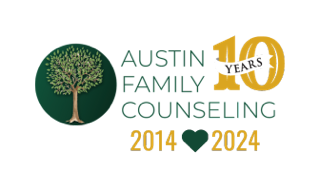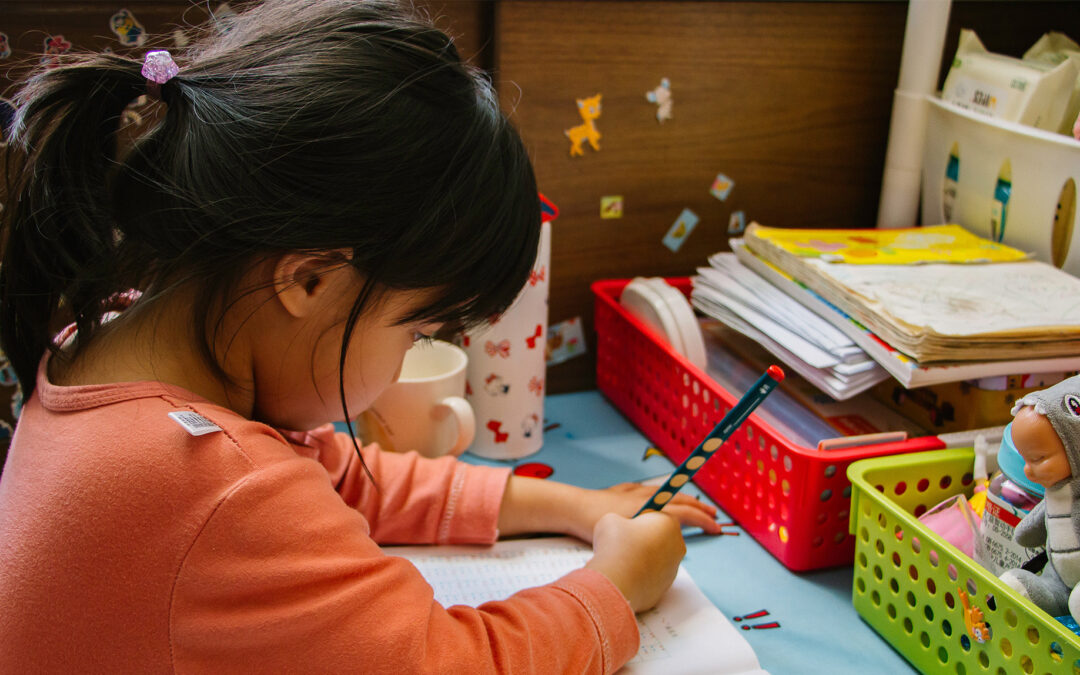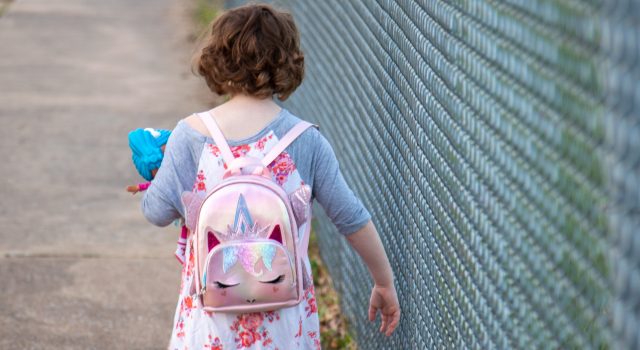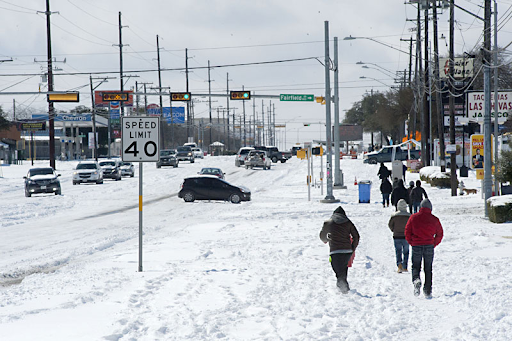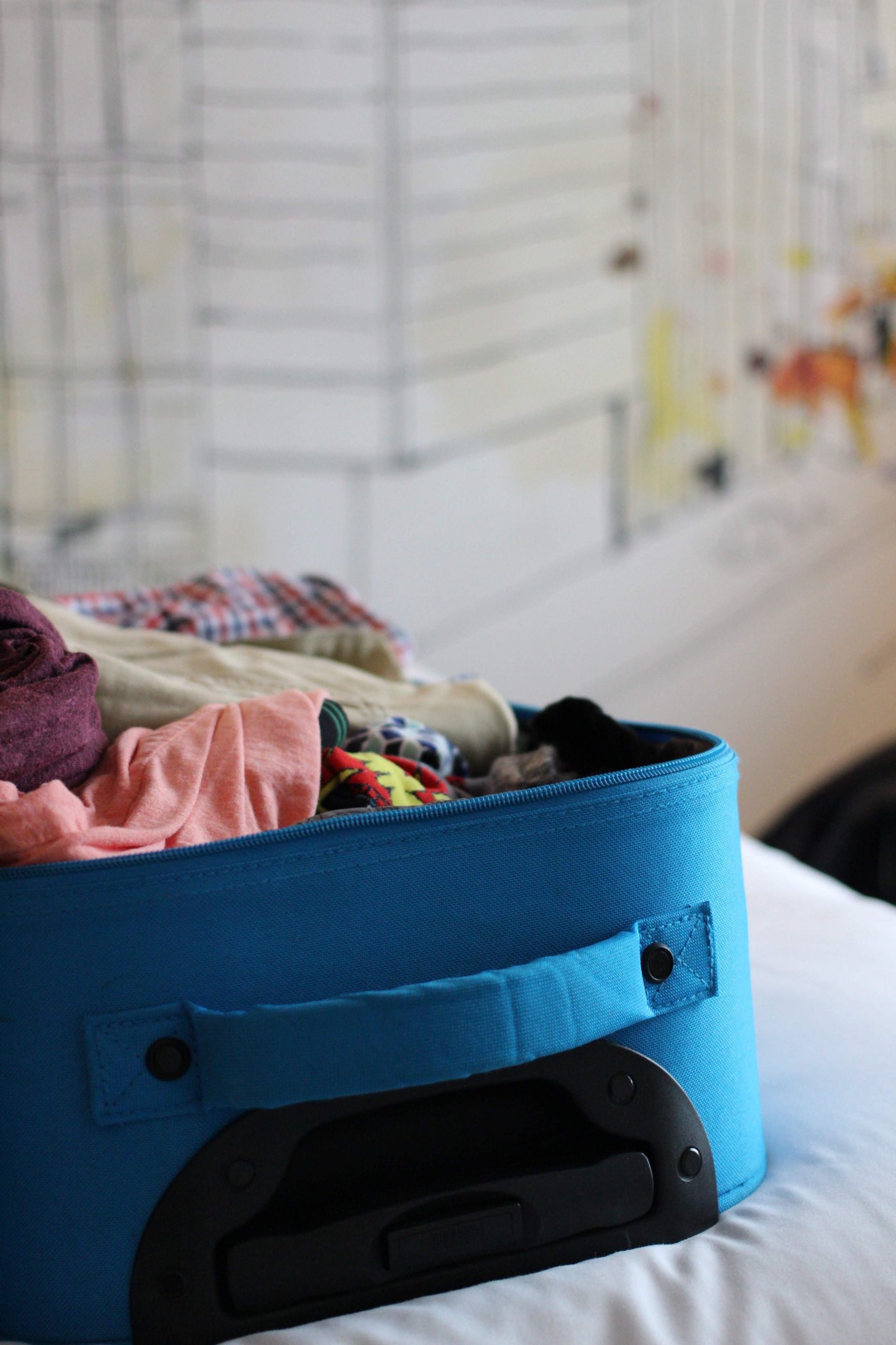As parents, we never want the “scary” things to happen to our kids. We want our kids to be happy, healthy, confident and caring. We spend so much of our time and energy trying to protect them from baby falls to bullying, but sometimes the “scary” things hit close to home. One such thing is finding out that your child is harming themself.
These acts of harm against oneself is what we call self-injury or self-harm. Teens typically do this through cutting or burning their skin. You may notice cuts or burns on their forearms or thighs, which they may try to hide with long-sleeve shirts, pants, or bands or excessive jewelry around their wrists.
According to several studies, self-injury seems to be on the rise. School counselors, college professors, and parents are all noticing what some call a “psychic epidemic.”
So, what should you do if you discover that your child is engaging in self-harm?
Here are a few ideas both from my own work with individuals who self-harm and from several authors I have noted below.
- In the words of one adolescent, “Try not to totally freak out.” Your heightened emotional reactivity and/or anger only works to increase your adolescent’s anxiety. You want to show your adolescent that you are willing and able to tolerate their disconcerting emotions and are able to offer assistance.
- Avoid threats, yelling, breaches of privacy, and discouraging remarks.
- Try things that help calm your child such as making eye contact, letting your adolescent tell their story of what provoked the self-injury, respectfully listening, offering hugs, using an attitude of empathy, being nonjudgmental, and encouraging your child that you can all get through this together.
- Matthew Selekman, in his book noted below, suggests asking the following questions:
- “Now that I know that you are cutting yourself, can you help me understand what it means to you?”
- “How has it been helpful for you to do this?”
- “Is there anything really stressing you our in your life right now that I might be able to help you out with?”
- “If you don’t wish to talk about it right now, I understand. I just want you to know that I care and am here for you when you are ready to talk about it. Would you like me to check in with you or would you prefer to come to me when you are ready to talk?”
- Have the courage to ask your adolescent what you may be doing to contribute to the overwhelming feelings that lead an adolescent to self-harm.
- At the same time, recognize that your adolescent’s decision to harm themself is a choice they made and is not your fault.
- If school bullying or academic pressures are a leading cause of the self-harm, advocate for your child within their school.
- Ask your child if they would like to speak with a professional counselor. Allow the adolescent to be part of the process of selecting who this professional may be.
Sources:
Brumberg, J. (2006). Are we facing an epidemic of self-injury?. Chronicle of Higher Education, 53 (16), B6-B8
Plante, L. (2007). Bleeding to ease the pain: Cutting, self-injury, and the adolescent search for self. Plymouth, UK: Rowman and Littlefield
Selekman, M. (2006). Working with self-harming adolescents: A collaborative strengths-based therapy approach. New York: WW Norton & Company
